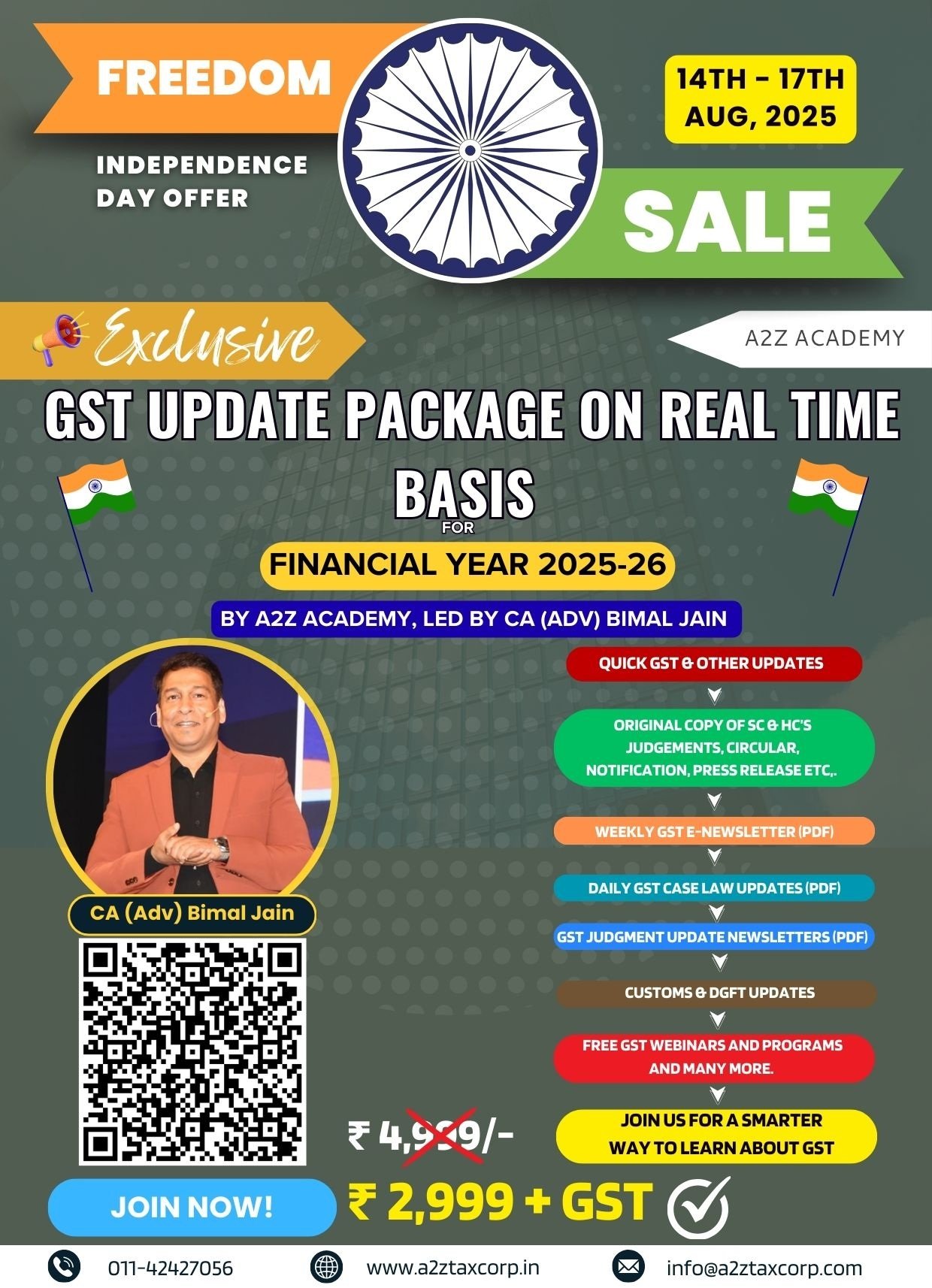
With an anticipated GST rate cut on the horizon, a key concern is how to prevent businesses from pocketing the benefits instead of passing them on to consumers. This issue is complicated by a notification that limits the concern authority from taking up new anti-profiteering cases.
A notification dated October 1, 2024 prescribes no registration of fresh anti-profiteering cases with effect from April 1, 2025. However, based on the same notification, the principal bench of GST Appellate Tribunal (PB-GSTAT) is authorised to take up pending matter or cases referred by judicial authorities, so there will be a question mark on new cases. It is expected that the GST Council meeting, tentatively scheduled on September 17-18, could discuss this matter.
Centre has proposed two basic slab structure of 5 and 18 per cent as against, 5, 12, 18 and 28 per cent. It is expected that, if this is implemented, nearly 99 per cent goods under 12 per cent rate would come under 5 per cent slab. Similarly, barring 5-7, all goods under 28 per cent would be brought 18 per cent. At the same time, the proposal is also to correct inverted duty structure (higher duty on inputs and lower duty on output) in mass consumption good such as textiles. All these are set to bring down the cost and thus consumer could be benefitted.
Monitoring mechanism
An tax expert said: “With large rate reductions expected to be announced, it is essential to have a mechanism similar to the Anti-Profiteering regulations, whereby the benefits passed on to the consumers from GST rate reductions can be monitored.”
Section 171 of the CGST Act 2017 says any reduction in rate of tax on any supply of goods or services or the benefit of input tax credit, shall be passed on to the recipient by way of commensurate reduction in prices. “The Central government may, on recommendations of the Council, by notification, constitute an Authority, or empower an existing Authority constituted under any law for the time being in force, to examine whether input tax credits availed by any registered person or the reduction in the tax rate have actually resulted in a commensurate reduction in the price of the goods or services or both supplied by him,” it said.
Initially, National Anti-Profiteering Authority (NAA) was set up to implement this. Later, the task was assigned to the Competition Commission of India (CCI). This arrangement continued till September 30, 2024 after which pending matters were referred to the PB-GSTAT. On August 5, the bench delivered its first ruling in a pending matter by asking a Subway franchisee to deposit ₹5.47 lakh for pocketing the GST rate cut benefit.
“This creates an interesting dichotomy in the GST ecosystem —while GSTAT can adjudicate on historical profiteering cases with full authority, its hands are essentially tied when it comes to monitoring and enforcing anti-profiteering measures for new rate cuts that may emerge from upcoming GST Council meetings,” another tax expert said.
However, this does not leave consumers entirely without recourse. In exceptional circumstances, the government retains the sovereign power to regulate prices and issue specific guidelines to ensure that the benefits of rate reductions are appropriately passed on to consumers. “Such interventions would likely be sector-specific and deployed in cases where market dynamics fail to naturally translate rate benefits to end consumers,” he added.


